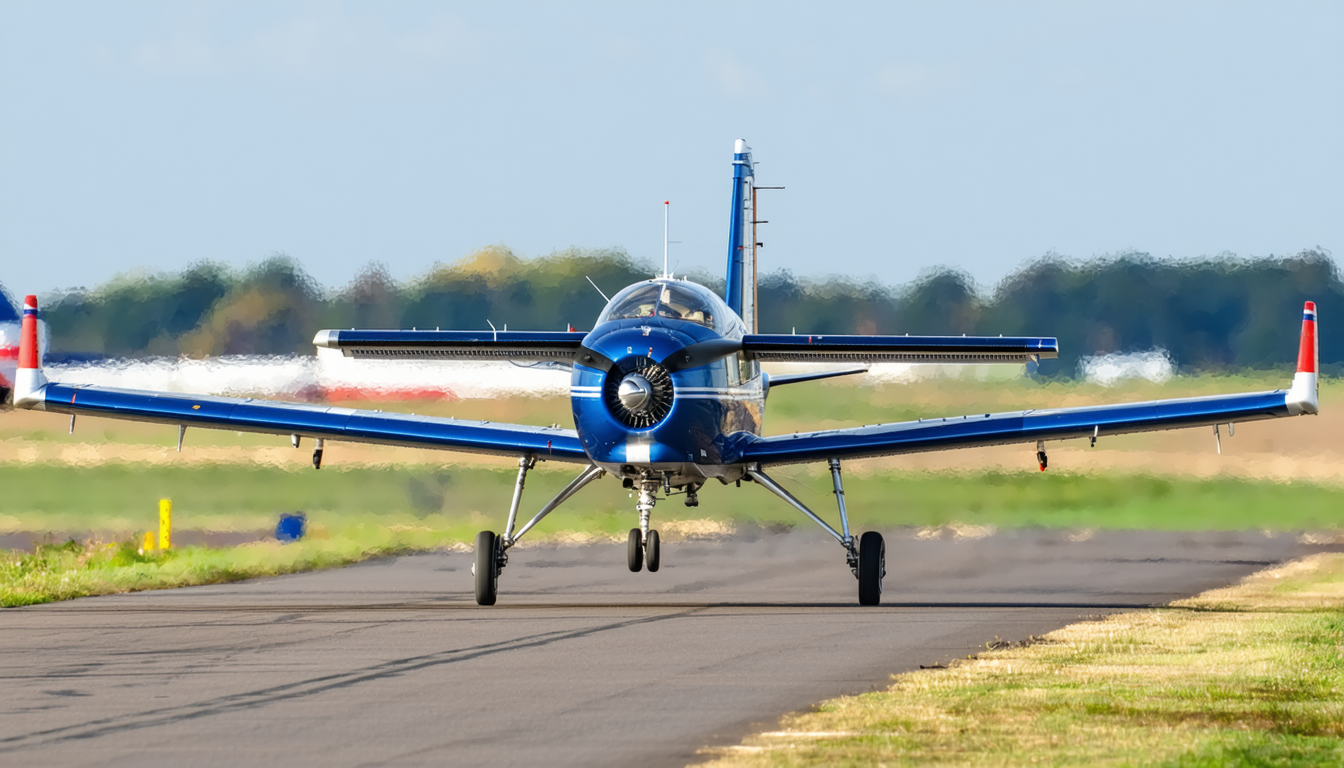A sharp rise in aerodrome prices across the United Kingdom has triggered widespread concern among aviation stakeholders, with new data revealing significant cost increases for both commercial and private operators. The surge, which began accelerating in early 2025, is attributed to a combination of regulatory changes, inflationary pressures, and increased demand for air travel. Industry experts warn that these developments could reshape the sector’s landscape and impact everything from ticket prices to regional connectivity.
Regulatory Shifts Drive Up Aerodrome Price
Recent adjustments to Civil Aviation Authority (CAA) regulations have played a pivotal role in escalating aerodrome price structures nationwide. These changes include stricter safety requirements, enhanced environmental standards, and updated licensing fees. According to James Carter, an aviation policy analyst based in London: “The regulatory environment has become more complex over the past year. Compliance costs are now being passed directly onto users through higher landing fees and service charges.”
In addition to compliance expenses, many airports have invested heavily in infrastructure upgrades—such as runway resurfacing and terminal expansions—to meet new standards. These capital outlays are reflected in revised pricing models at major hubs like Heathrow and Gatwick as well as smaller regional aerodromes.
Market Data Highlights Widespread Increases
The latest market analysis shows that average landing fees at UK aerodromes have risen by 12% since January 2025—a figure well above historical trends for the sector. Private pilots report even steeper hikes at smaller facilities catering primarily to general aviation.
Key statistics include:
– Average commercial landing fee: £1,350 per movement (up from £1,205 last year)
– Regional airport parking rates: up by 15% on average
– Light aircraft handling charges: increased by up to 20% at select sites
According to Sarah Mitchell of the British Business Aviation Association: “Aerodrome price escalation is not limited to London or other major cities; it’s affecting rural communities where alternative transport options are limited.”
Impact on Airlines and Passengers
Rising aerodrome prices are already having tangible effects on airlines’ operating costs—and ultimately on passengers’ wallets. Budget carriers such as easyJet and Ryanair face mounting pressure as their business models rely heavily on low overheads.
Industry insiders note several immediate consequences:
– Increased ticket prices for domestic flights
– Reduced frequency of services on marginal routes
– Greater scrutiny over route profitability leading some airlines to withdraw from less lucrative destinations
For private flyers—including flying clubs—the cost burden threatens accessibility for hobbyists and small businesses alike.
Stakeholder Reactions Spark Calls for Reform
The rapid escalation of aerodrome price levels has prompted calls for government intervention from trade bodies representing both airlines and airport operators. The Airport Operators Association (AOA) urges policymakers to review recent regulatory changes with an eye toward balancing safety objectives against economic sustainability.
Meanwhile, environmental groups argue that higher costs could incentivize greener practices within the industry but caution against measures that disproportionately affect remote regions or essential air services.
According to Professor Helen Grant of Cranfield University’s Centre for Air Transport Management: “There is a delicate balance between ensuring robust oversight of our airports while maintaining affordable access—especially given aviation’s vital role in connecting communities.”
Future Outlook Remains Uncertain Amid Ongoing Volatility
Looking ahead into late 2025 and beyond, analysts predict continued volatility around UK aerodrome price trends due largely to external factors such as global fuel markets—and potential further regulatory tightening related to climate targets set under international agreements.
Possible future developments include:
– Introduction of tiered pricing systems based on aircraft emissions profiles
– Expansion of government subsidies or incentives aimed at supporting underserved regions
– Greater collaboration between public authorities and private operators around infrastructure investment planning
While some industry voices remain optimistic about eventual stabilization once current reforms bed down fully others warn that persistent uncertainty may deter long-term investment decisions within both commercial airline fleets and airport facilities themselves.
In summary, surging UK aerodrome prices represent a critical inflection point for Britain’s aviation sector—with far-reaching implications across economic competitiveness social mobility environmental stewardship alike. As debates continue among regulators industry leaders consumer advocates all eyes will be fixed firmly upon how policymakers respond during this period of unprecedented change.






